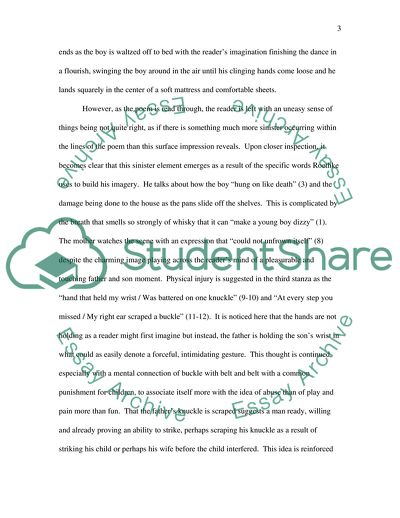Close Reading of a Poem Literature review Example | Topics and Well Written Essays - 1500 words. https://studentshare.org/literature/1709307-close-reading-of-a-poem
Close Reading of a Poem Literature Review Example | Topics and Well Written Essays - 1500 Words. https://studentshare.org/literature/1709307-close-reading-of-a-poem.


